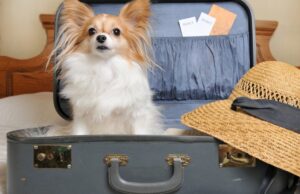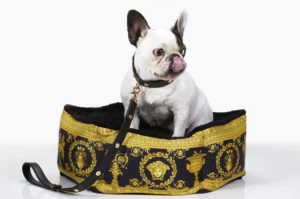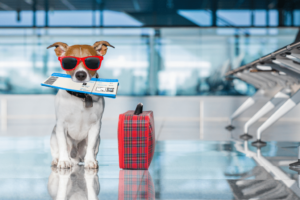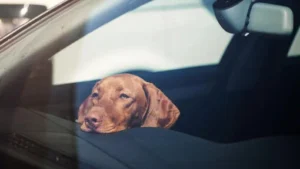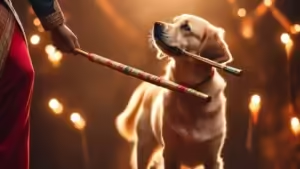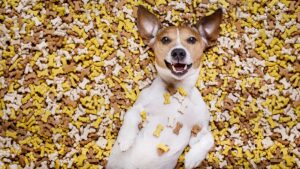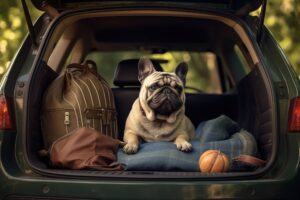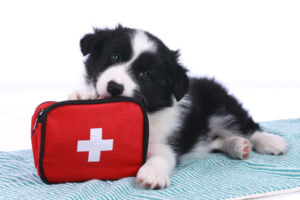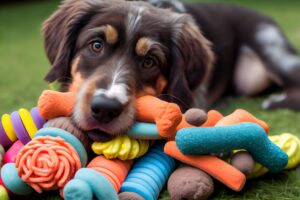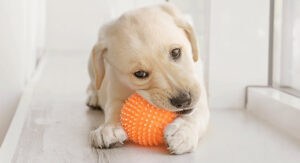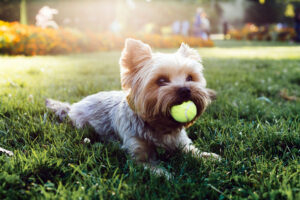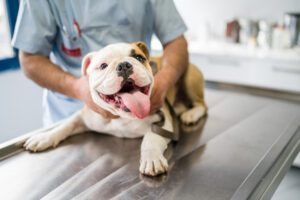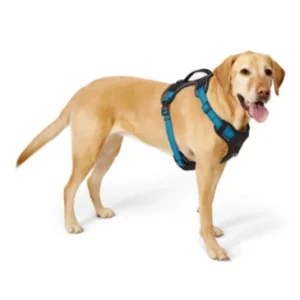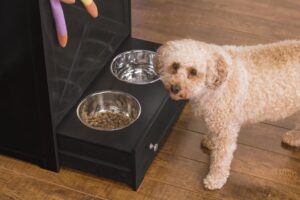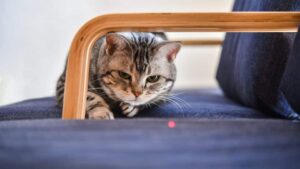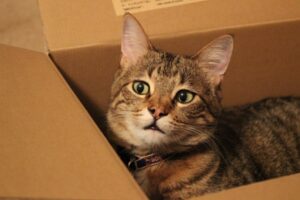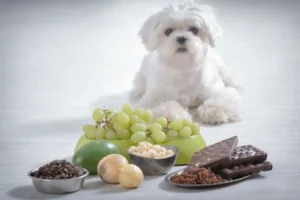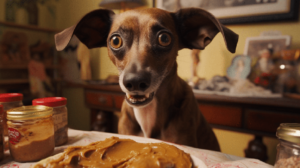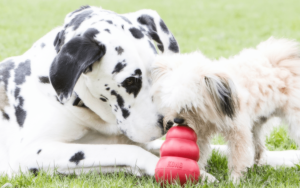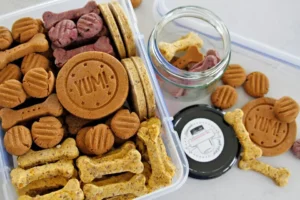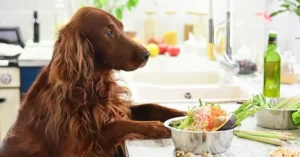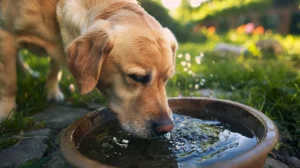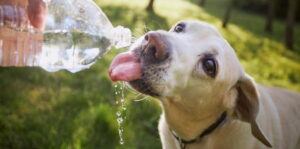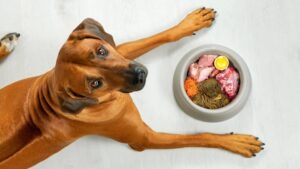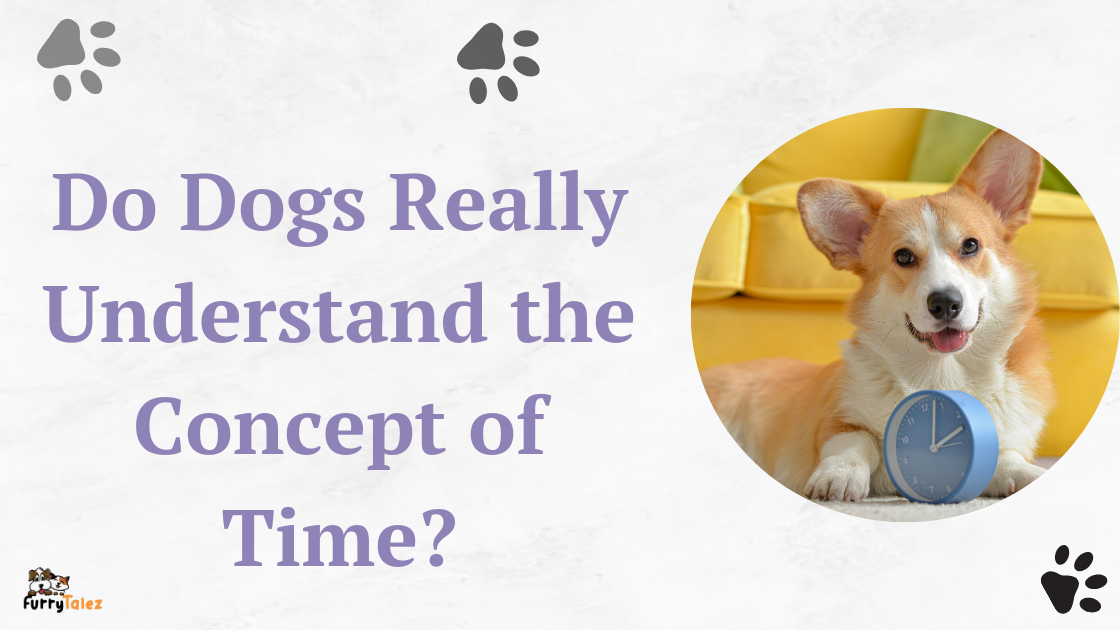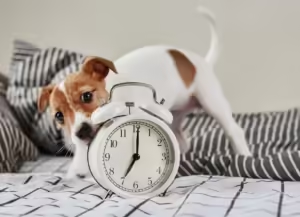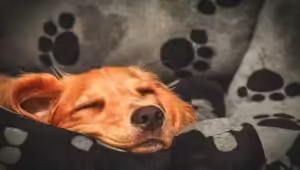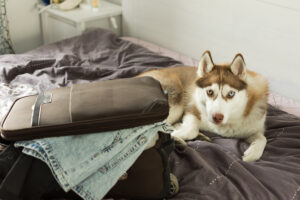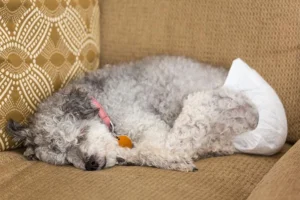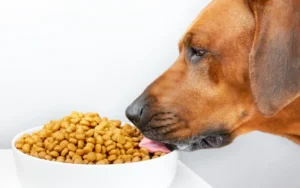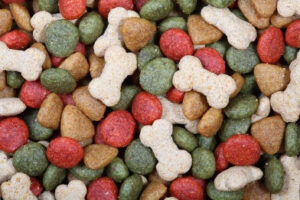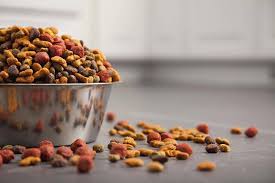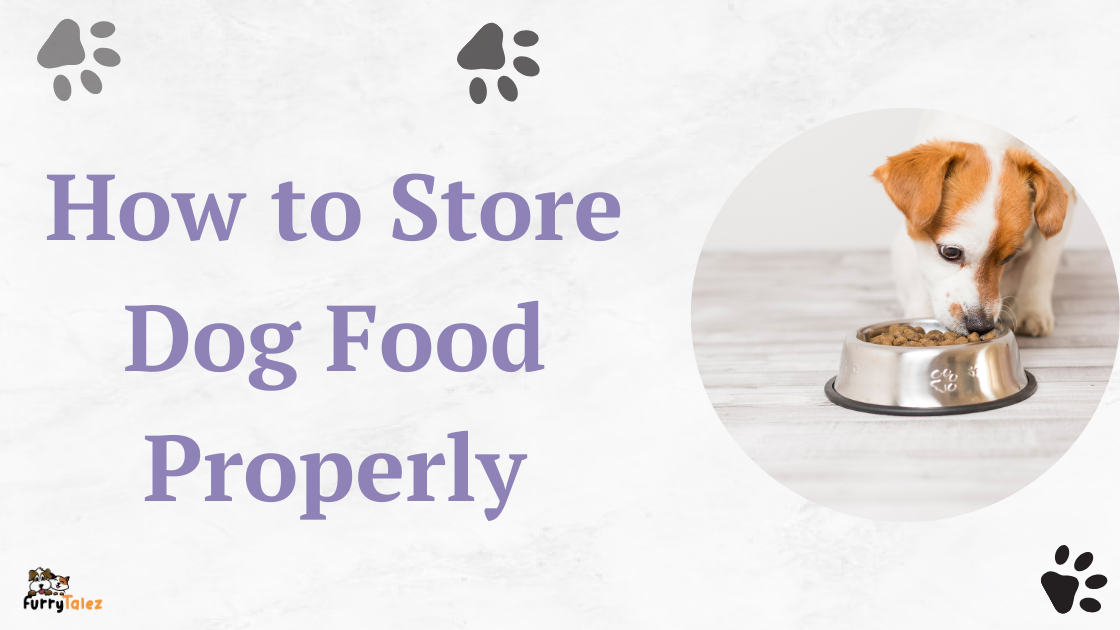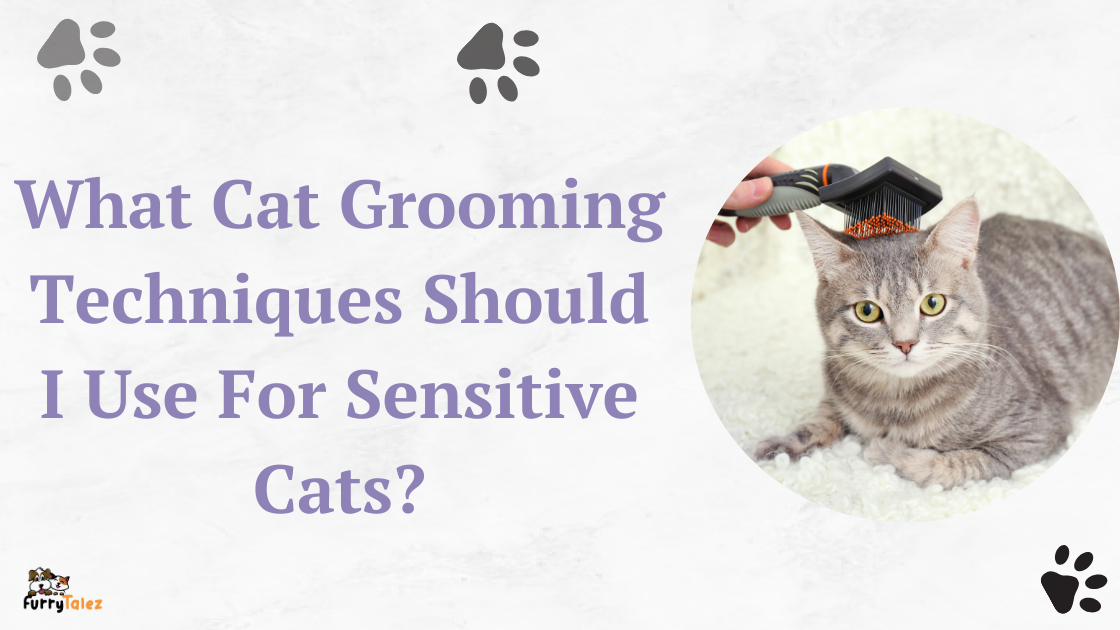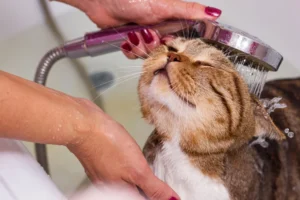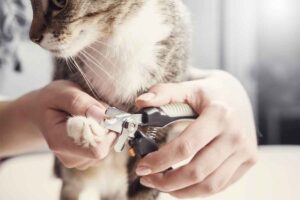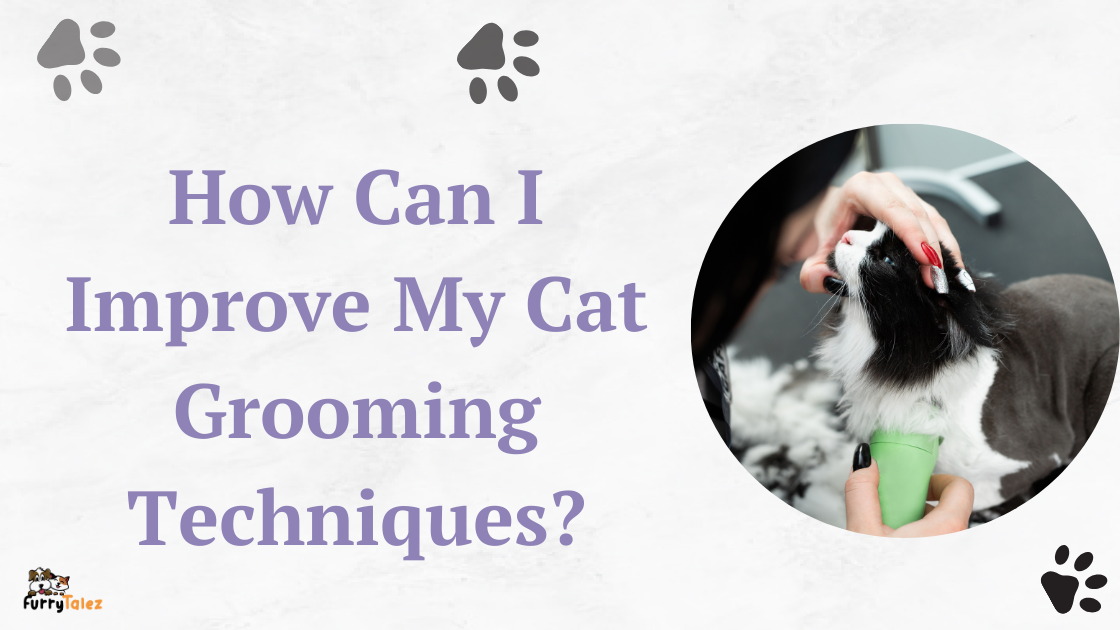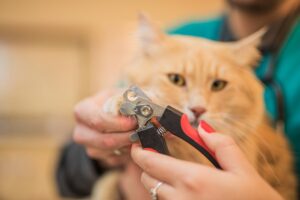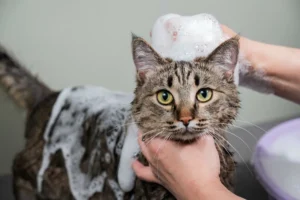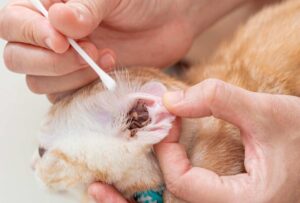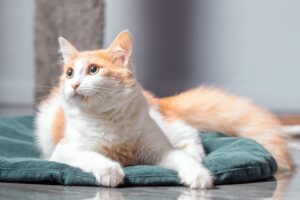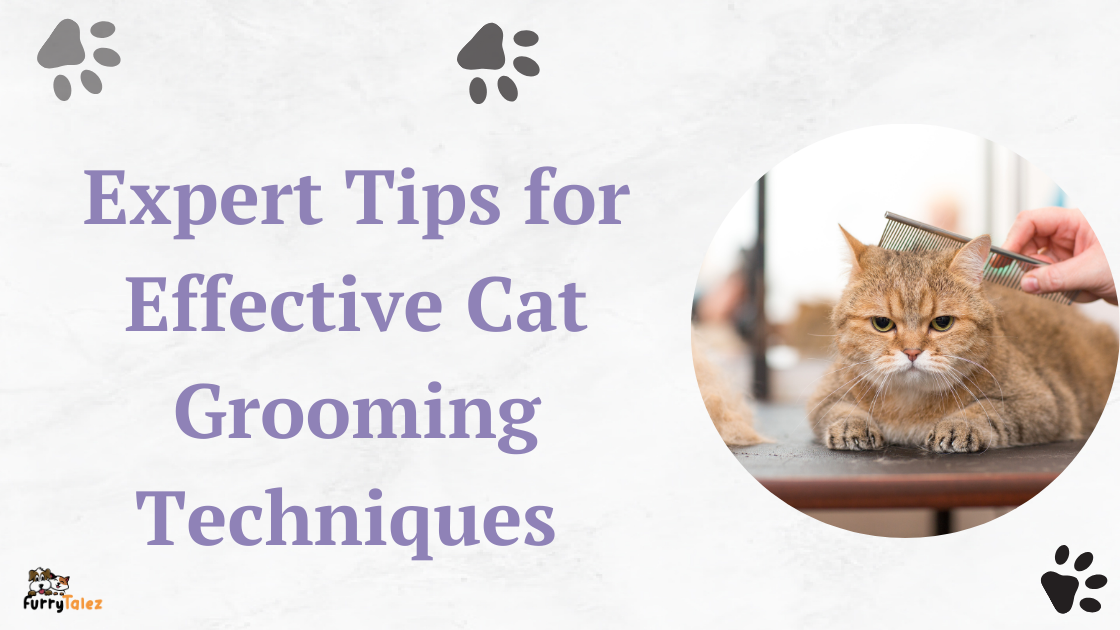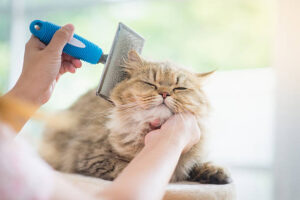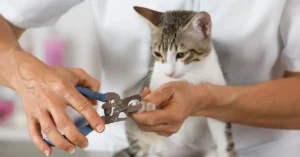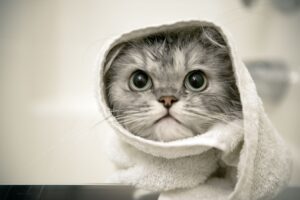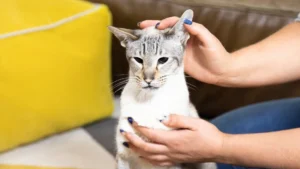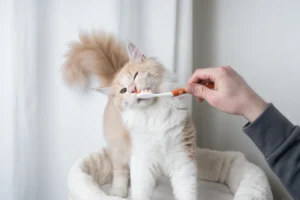Our pets are the cutest parts of our own families, and we love them dearly. As pet parents, we’re always on the lookout for new ways to enrich our pets’ lives so that they may relax, have fun, and feel cherished.
Introduction
Do-it-yourself pet crafts are a great way to spend quality time with your pets while also providing them with unique, personalized items. In this all-inclusive manual, we’ll delve into the fascinating world of do-it-yourself pet projects, giving you the knowledge, inspiration, and know-how to make a wide variety of items for your pets, from beds to toys.
Advantages of DIY Accessories And Toys For Pets
DIY pet projects are becoming increasingly popular as a fun way for pet owners to bond with their pets and express their individuality. These initiatives go far beyond simple handiwork, as they provide a wealth of benefits that improve the quality of life for both pets and their human caretakers.
Strengthens Relationship
The ability of DIY pet projects to strengthen the link between owners and their furry companions is one of their most remarkable benefits. Our pets offer us endless amounts of affection and company. DIY accessories and toys are a wonderful way to show your pet how much you care by devoting time, energy, and emotion to the project.
DIY projects are designed and crafted with your pet’s individual likes, dislikes, habits, and needs in mind. This kind of dedication helps you learn more about your pet’s personality and improves the bond between the two of you. By taking the time to make special beds or toys for your pet, you are showing them just how much you care.
Freedom to Personalize to Your Pet’s Preferences
Every pet has a distinct personality with different preferences and character traits. Mass-produced pet supplies and toys may not always meet your pet’s needs or interests, leaving them unfulfilled. DIY pet projects give you the freedom to make unique, personalized products that will appeal to your pet on a deeper level.
If you have a dog with a strong bite, for instance, you can give it toys that are built to last. To satisfy your cat’s natural hunting instincts, you might make them toys that move like their prey. When you take the time to observe your pet’s habits and incorporate those observations into your DIY projects, you give them a level of happiness that can’t be found in mass-produced goods.
Easy on Wallet & Easy on Environment
DIY pet projects are a great way to save money without sacrificing quality or enjoyment in a world where consumerism frequently leads to excessive expenditure. Making your own pet supplies and toys can save you a lot of money compared to buying them in stores. You can make creative and useful DIY projects for your pet out of everyday materials like fabric, cardboard, rope, and even discarded household goods.
Furthermore, the eco-friendly nature of DIY pet projects fits perfectly with the expanding consciousness of environmental responsibility. Reusing items that would have been thrown away is an easy way to lessen your impact on the environment. Taking such eco-friendly measures is not only good for the world but also an excellent example of responsible consumption.
Uncovers Your Creative Abilities
Making your own DIY pet projects is a great way to express your individuality and tap into your inner creativity. You can exercise your creativity and hone your craft abilities by making items for your pet out of materials with a wide range of textures, colors, and patterns. You’ll discover fulfillment in the act of giving form to your ideas as you play around with various mediums and approaches.
The act of creation is very satisfying, whether you’re making a soft bed, a colorful collar, or a challenging puzzle toy. Making something beautiful and useful for your pet while relieving stress is a double win on this creative path.
Understanding Your Pet’s Needs
Knowing your pet inside and out is the bedrock of any successful DIY pet project. Before you start making custom accessories and toys for your pet, it’s important to get to know their individual likes, dislikes, and habits. The way in which a pet interacts with the world depends on their unique personality and qualities. With this knowledge in hand, you can design products to meet the needs of your target demographic and give them a positive, satisfying experience.
Different Ways of Playing
Like people, pets have a wide range of interests and play styles that shape how they engage with toys and equipment. Depending on the breed, some pets are “chewers,” while others are “fetch enthusiasts” or “puzzle solvers.” Observing your pet at play can give you insight into their preferred activities and movements, allowing you to tailor your DIY projects to their inclinations.
Toys designed for chewers, for example, would benefit from tough, durable materials, while a ball designed for intense games of fetch would be different. When you modify your creations such that they fit in with your pet’s personality, you not only increase their enjoyment but also improve their health and happiness.
Chewing Habits and Durability
Dogs, in particular, have a hardwired need to chew on things; therefore, it’s important to learn how often your dog chews. To avoid harmful chewing on furniture or shoes, it is important to give dogs healthy alternatives for exploring their environment with their mouths.
- When making chew toys, it’s important to use components that are both non-toxic and sturdy enough to hold up under repeated use.
Scratching is an instinctual action for cats that serves numerous functions, such as nail maintenance and territorial marking.
- To satisfy your cat’s scratching needs without causing damage to your furniture, consider making DIY projects out of cardboard or other materials.
Different Tendencies of Different Breeds
The genetic make-up and historical function of various pet breeds play a part in shaping their unique qualities and tendencies. Finding out as much as you can about the breed of your pet is essential. Some dog breeds, such as terriers and herding dogs, may be predisposed to engage in certain activities.
Preventive Measures for Health Issues
There is a correlation between the prevalence of a disease and the dog’s breed. Knowing about these weaknesses will help you protect them. Pets with breathing problems, for instance, could want bedding with plenty of ventilation, while those with joint concerns could use something more cushioned and supportive.
Protection From Allergies and Sensitivities
It’s not just people who can acquire allergies or sensitivities to particular materials or substances; pets can, too. It is important to use hypoallergenic and pet-safe materials for any homemade pet projects you undertake. The use of potentially allergenic dyes, paints, or fabrics should be avoided.
Talk to your vet before beginning any DIY pet projects. If your pet has allergies, sensitivities, or a history of unpleasant responses to certain materials. They may advise you on safe materials to use and instruct you on how to make objects that won’t harm your pet.
Making DIY Accessories for Pets
Our pets are members of our families and deserve the same level of care and consideration we give to young ones. Making your own pet accessories is a great way to show your pet some love and show off your creativity while also giving your pet a sense of security and individuality.
In this article, we’ll go over some of the ways you can make your pet’s life better, from the collar they wear to the bed they sleep in.
Collars and Leashes
Collars and leashes are more than simple necessities; they can serve as a form of self-expression. Making your pet’s collar and leash yourself provides a unique opportunity to express your creativity while also keeping them secure.
- Start with a sturdy fabric like nylon or leather to make a collar that will last and still look great.
- Use your pet’s name, their favorite color, or even ornamental components like studs or charms to personalize the piece.
- Make sure the materials you use won’t harm them or cause skin irritation.
- Measure your pet’s neck to find the best possible fit, allowing for some wiggle room.
- Braiding many fabrics together creates a distinctive look for leashes, and you may add a comfortable handle for convenient use.
- When going for a walk at night, it’s a good idea to have some reflective or glow-in-the-dark accessories.
Creating a unique collar and leash for your pet is a great way to show off your design skills and make sure they stay safe and secure on walks in the park.
Cozy Blankets and Sheets
Just like us, pets benefit from having a warm and welcoming space to relax in. Create a relaxing space for your pet to rest and rejuvenate by making their own blankets and beds.
- To get started, use comfortable, easily cleaned textiles.
- Pick designs and hues that complement both your pet’s tastes and the style of your home.
- Create a bed with a zippered, removable cover so it can be easily washed.
- You may get the most comfort out of your bed by stuffing it with foam or old pillows.
- Cutting and stitching together layers of fleece or other soft fabrics can suffice to create a blanket.
- Blankets can be used year-round for portable warmth and comfort, not only in the winter.
- The blanket can be made even more special by adding your pet’s name or a pawprint pattern.
Fashionable Cloths
Your furry friend can be just as fashionable as you are! Making your own pet clothes is a fun way to express your individuality and put your pet in the spotlight.
- Consider your pet’s movement and comfort before putting together any costumes.
- Pick loose, comfortable clothing made of breathable materials.
- To prevent your pet from choking, take precise measurements and forego any extra trimmings or decorations.
- Costumes with a specific theme can be made with simple sewing abilities and worn on special occasions or holidays.
- Your pet can become the center of attention with the help of a superhero cape, a party hat, or a tutu skirt.
- Always keep an eye on your pet while they’re dressed to make sure they’re comfortable
Creating Feeding Stations
Making a well-designed feeding station for your pet will help them maintain a healthier posture and digestive system during one of the most important parts of their day.
Pets with joint issues or those that are overweight can greatly benefit from elevated feeding stations. Repurposed materials like wood or plastic can be used to make one.
- Make sure your pet’s neck and back don’t get strained by designing a raised platform with bowls at a reasonable height.
- Think about installing shelves or drawers to keep snacks neatly stashed and within easy reach.
- Hygiene must be a top priority when designing feeding stations. To protect your pet’s health, choose wipeable or washable fabrics.
- Keep the feeding station in good working order by checking it for damage and wear on a regular basis.
Note: There might be affiliate links mentioned here. We may receive a commission if you purchase a product through an affiliate link. There is no additional charge for you. Please do your own research before making any online purchases.
Making DIY Toys For Pets
Our pet’s playtime is crucial to the health of both their body and mind. Making DIY toys for pets is a fun and creative way to bond with your four-legged pals while also providing them with hours of enjoyment. These one-of-a-kind items, from games to feather wands, are designed to satisfy your pet’s innate curiosity while strengthening the bond between you and your furry friend.
Puzzle Toys
Pets, just like us, greatly benefit from mental challenge and problem-solving in the form of challenging puzzles and games.
Treat-dispensing interactive puzzle toys are a fun way to test your pet’s intelligence while also encouraging positive behaviors.
- DIY puzzle toys can be made from any box or container with a lid.
- Create access to the delicacies within by cutting holes in the covers. Put some food or treats in the container, and let your pet figure out how to get them.
- This serves multiple purposes, including providing mental stimulation and warding off boredom-related bingeing.
You may tailor the puzzle’s challenge to your pet’s skill level. To keep them interested and puzzled as they progress in skill, you can tweak and improve the design.
Rope Toys for Dogs
Chewing and tug-of-war games are two of a dog’s favorite activities. Making your own rope toys is a great way to redirect their energy and have fun while doing it.
- Produce braided toys that are simple to hold and chew using all-natural, non-toxic materials like cotton rope.
- Depending on your dog’s preferences, you can try out different knot patterns and sizes.
- Make sure the rope is well braided and free of any slack that could cause suffocation.
Chewing on the rope prevents plaque and tartar from accumulating in the teeth.
Tug-of-war activities with the rope toy are great for your dog’s physical health and for strengthening your bond with your canine companion.
Feather Wands and Laser Pointers for Cats
Our feline friends can’t be truly happy or pleased until they are able to indulge their natural hunting impulses. Feather wands and laser pointers that you make yourself are fascinating ways to play with your cat.
- Feathers and a thread or bendable stick are all you need to make a wand.
- Feathers should move to attract cats, and when they swat at them, it will remind them of hunting.
Your cat will greatly benefit from the physical exercise and the opportunity to engage in natural behaviors in a fun and safe setting that this form of play affords.
Cats can also have fun with laser pointers, which are a common interactive toy. The flickering light simulates the actions of small prey, arousing your cat’s natural hunting instincts.
Caution: Never point the laser at your cat’s eyes, since this could cause permanent damage
Cardboard Caves for Cats
Cats are well-known for their curious nature and penchant for finding new places to hide. Cardboard caves are an easy and inexpensive way to satisfy this feline passion.
- Collect a wide range of cardboard box sizes and shapes.
- Create passageways and storage areas by cutting holes in the boxes at regular intervals.
- In order to avoid injury, the cardboard’s edges should be smooth and unbroken.
- Cat-friendly patterns and themes can be used to further customize the hiding places.
These nooks are perfect for your feline friend to investigate, play in, and rest in. Cardboard’s rough surface is ideal for scratching, promoting healthy claws, and reducing the risk of damage to your furniture.
Tips for Successful DIY Pet Projects
DIY pet projects are fun and educational for you and your furry friend. Crafting your pet’s own unique accessories and toys can be a lot of fun, but before you get started, there are a few things you should know to make sure your pet is safe, happy, and healthy.
Incorporating these principles into your DIY pet projects can ensure that the final products are both useful and enjoyable for your pet.
Prioritize Your Pet’s Health and Safety
When making DIY toys for pets, you should always put their safety first.
- Select components that are harmless to your pet’s health and won’t cause any allergic reactions.
- Pets typically investigate new objects by putting them in their mouths, so it’s best to steer clear of anything toxic that they could eat.
- Make sure any decorations or embellishments you use aren’t readily chewed off and swallowed if you want to use them.
- If you have a little pet or one that likes to chew, you should be extra wary of toys with small, removable elements that could present a choking hazard.
Choose High-Quality and Long-Lasting Materials
The durability and security of the things you make depend on your material choices. Pick high-quality, long-lasting materials that can handle your pet’s rough play style.
- Fabrics made from natural materials like cotton, hemp, or fleece are ideal because they are soft on your pet’s skin and won’t harm them in any way.
- Choose organic colors and paints that won’t off-gas dangerous chemicals when decorating with pets.
- Don’t use anything if there’s a chance it could irritate your pet or if you have allergies.
- In addition, if you plan on using adhesives, double check that they are safe for your pet and will effectively bond the materials.
Proportions and Measurements
Your pet may feel uncomfortable or possibly be put in danger by objects that are too big or too small for them. Make sure the DIY toys for pets are in the right measurements for your pet. A toy that is too small for your dog could cause choking, while DIY accessories that are too large could restrict your pet’s movement or cause discomfort.
- Make sure your pet’s collar or harness fits properly so it doesn’t restrict movement or cause skin irritation.
- Think about how your pet grips, chews, and plays with toys.
- It’s better to overestimate the item’s size and compatibility than underestimate it when introducing it to your pet.
Make Your Pets Happy with Tactile Stimulation
Making DIY toys for pets that stimulate your pet’s senses and interest them is a rewarding aspect of DIY pet projects. Tactile stimulation can be achieved by the use of a variety of textures, including but not limited to smooth surfaces, soft textiles, and crinkly materials.
- To create visual and auditory appeal that catches your pet’s attention, consider giving toys with bells, squeakers, or rattles.
- Use natural scents like lavender or catnip to pique your dog’s or cat’s interest, and vice versa.
Your pet will be more engaged and have more fun during playtime with sensory-rich accessories and toys because they are satisfying their natural impulses.
Always Ensure Safety Through Supervision
Even if you made these items with your pet’s delight in mind, you still need to keep an eye on them while they play.
- Keep an eye on your pet’s behavior as you introduce him or her to new toys or accessories.
- You can gauge their reaction and make sure the toys are suitable for their age and preferred method of play by letting them try them out first.
- Check the condition of your pet’s toys and accessories on a consistent basis. Things wear out, lose their strength, or come loose with time, posing hazards to your pet.
- Maintain a risk-free recreational space by fixing or replacing damaged components immediately.
Customize Your DIY Pet Projects
The individuality of each pet is reflected in its individual tastes and habits. Keep an eye on how your pet uses your creations and be willing to make changes based on their suggestions. Some animals are more interested in particular sorts of play, while others have a preference for particular textures.
- Keep an eye on how your pet responds and modify your DIY project plans accordingly.
- This customization not only increases your pet’s satisfaction but also strengthens your relationship with them as you meet their specific demands.
FAQs
Why should I try making DIY pet projects?
DIY accessories and toys for your pets are a great way to bond, show them you care, and have fun while doing something productive and creative. You may save money, help the environment, and exercise your imagination all at the same time with one of these projects.
How can I use DIY pet projects to strengthen my bond with my pet?
Making DIY accessories and toys for your pets reflects your attention to their individuality and requirements. It is a great way to strengthen your bond with them. The emotional connection you share with your animal buddy will grow as a result of the time, effort, and love you put into crafting for them.
What kinds of pets can benefit from DIY projects?
All sorts of animals, from canines and felines to birds, bunnies, and even small rodents, can benefit from your DIY pet projects. The trick is to learn your pet’s unique wants, needs, and habits, then adapt your work to suit them.
How can I know if the DIY projects I make are secure for my pet?
Make safety a top priority by selecting materials that are safe for pets. Choose eco-friendly materials like wool and cotton and organic paints and dyes. All decorative features should be securely fastened, and small, removable portions should be avoided to prevent choking.
Can you recommend some DIY accessories for pets?
Collars, leashes, beds, blankets, clothes, and feeding stations can all be made to order. These items are great for your pet’s comfort and also show off their unique individuality.
When making homemade DIY accessories for pets, how do I determine the appropriate dimensions?
Consider your pet’s breed, size, and comfort level while making your selection. Overly large or small items might cause discomfort or restrict movement, respectively. To avoid any pain or safety concerns, make sure you measure your pet correctly.
What positive effects might DIY toys for pets have on my pet’s health and happiness?
DIY toys for pets, including puzzles and toys you can climb on, are great for your pet’s development. These playthings satisfy your pet’s innate drives, stave off boredom, and improve their well-being.
How can I make sure the DIY projects I make for my cats won’t hurt them?
Always put safety first while making DIY toys for pets. Materials should be natural, non-toxic, and durable enough to endure your pet’s rough playstyle. Don’t use anything that could break off and pose a choking danger. Toys should be checked for damage and replaced on a regular basis.
How can I make DIY toys for pets more interesting and engaging?
You may make toys that your pet enjoys more by paying attention to how they play with the ones you make for them. See how your pet responds before making any permanent changes to the colors, shapes, or interactivity. Toys that are special to pets increase their interest in and satisfaction from play.
What are some additional tips for completing DIY pet projects successfully?
Don’t forget to engage the senses by mixing up the textures and aromas. When playing with a new toy, always keep an eye on your pet. Don’t be afraid to make changes or additions if your pet suggests it. Last but not least, have fun making things and watching your pet have fun with them.
Conclusion
DIY pet projects are a satisfying way to exercise your ingenuity while also improving your pet’s quality of life. By learning your pet’s likes and dislikes, you may make him or her unique accessories and toys that will bring you both comfort and pleasure. DIY projects for pets require careful planning, original thinking, and an in-depth familiarity with your furry friend’s individual needs. Put in some elbow grease, round up some supplies, and go out on a voyage of making precious memories with your beloved friends.
